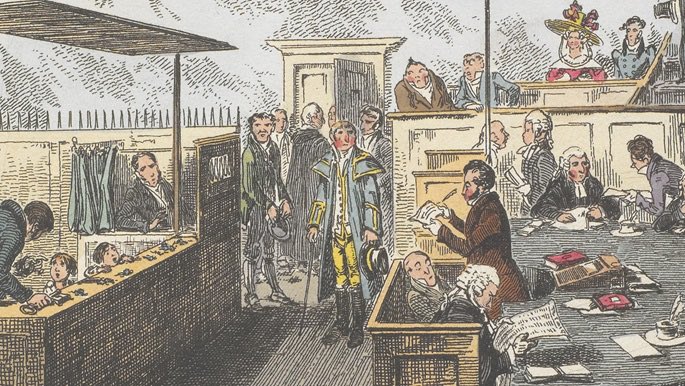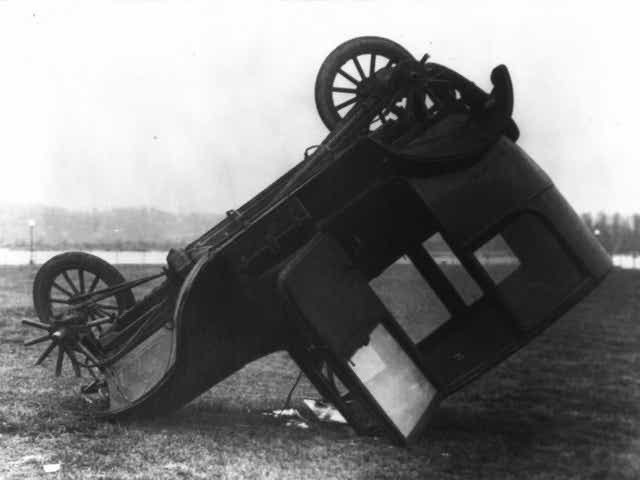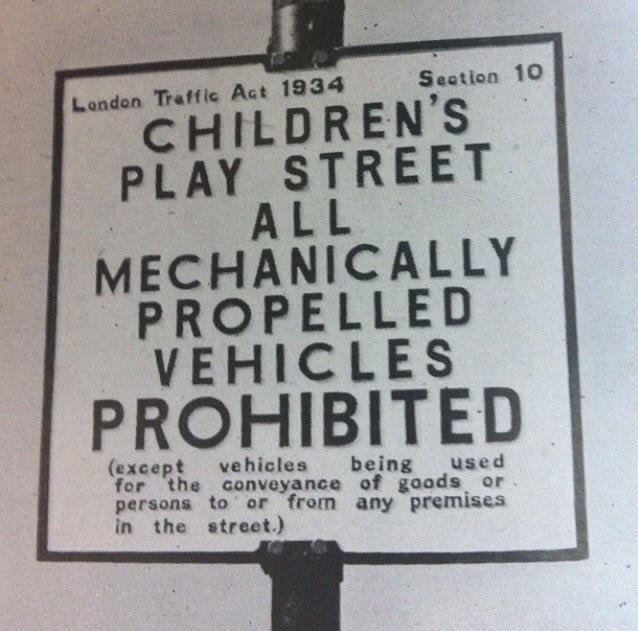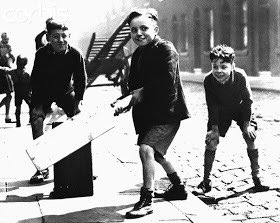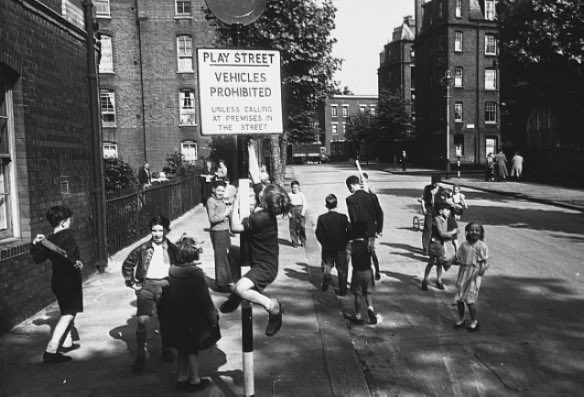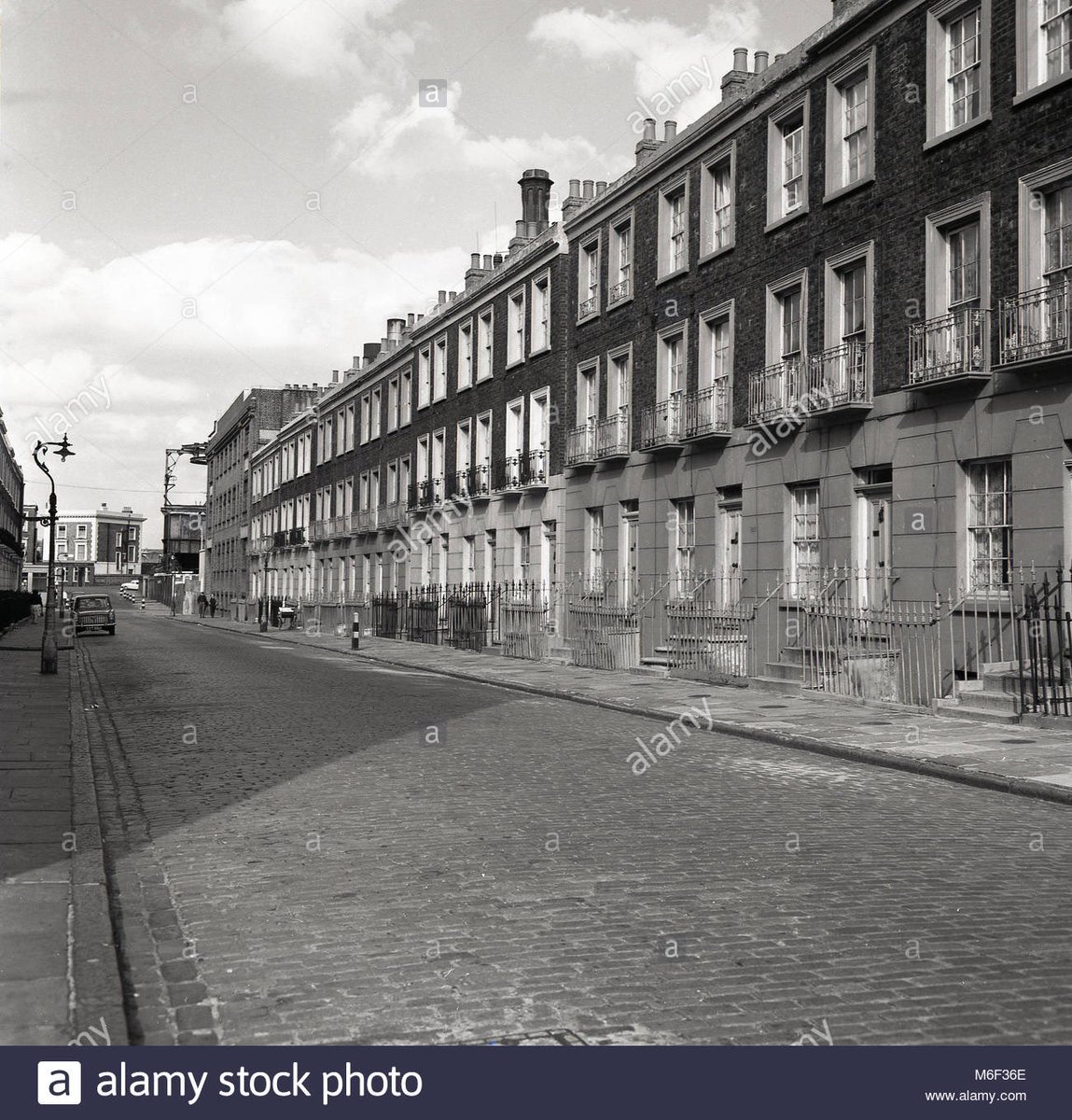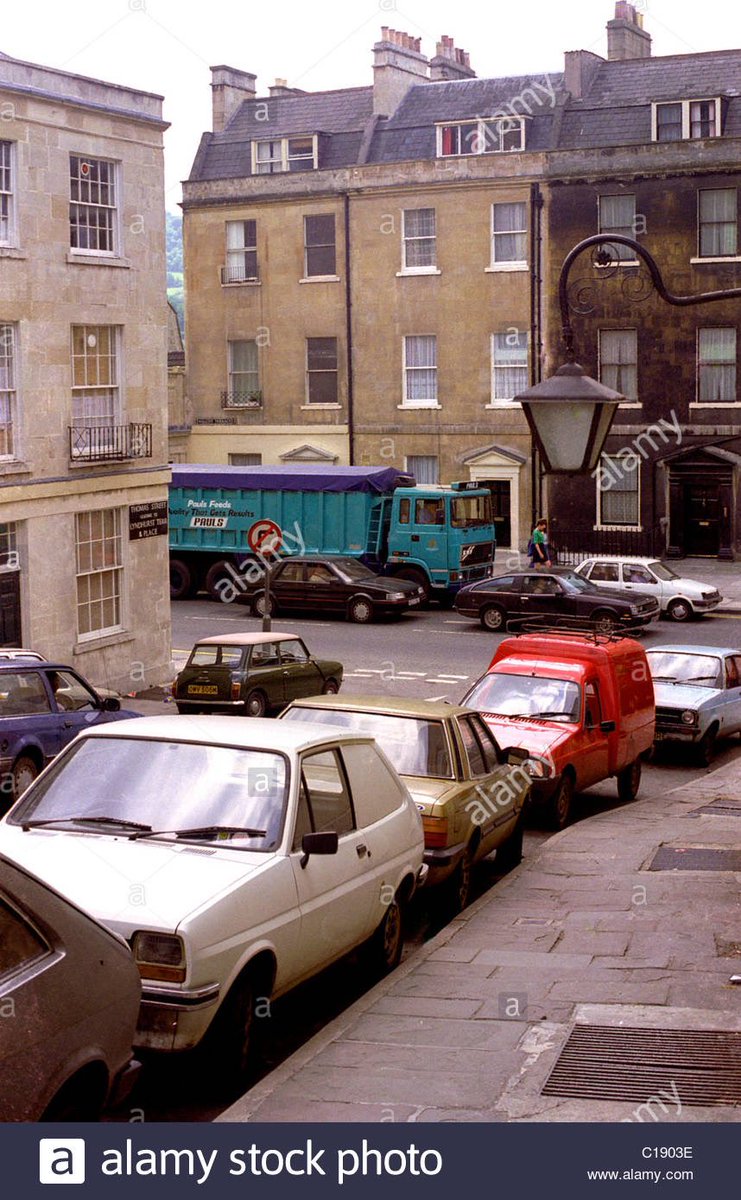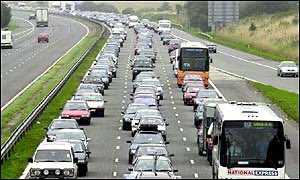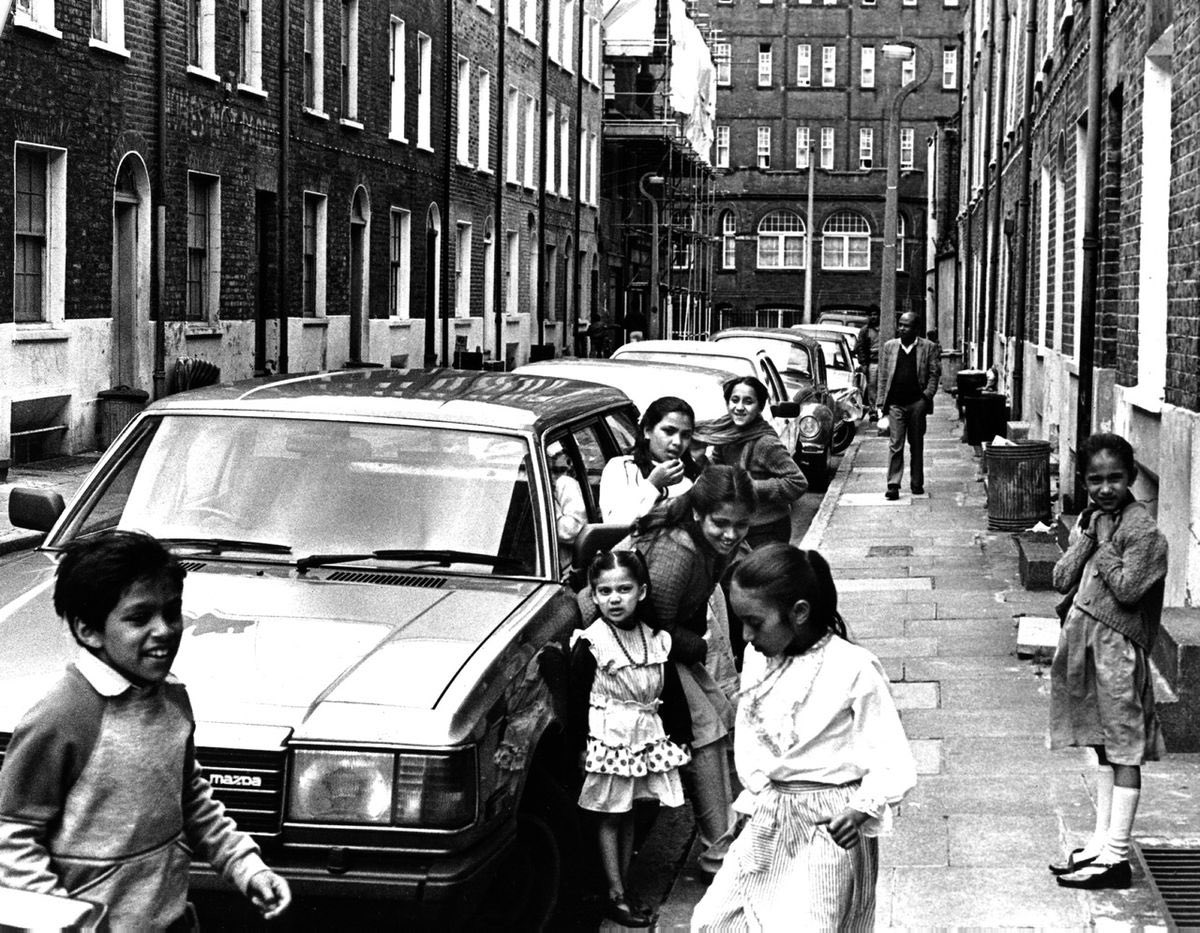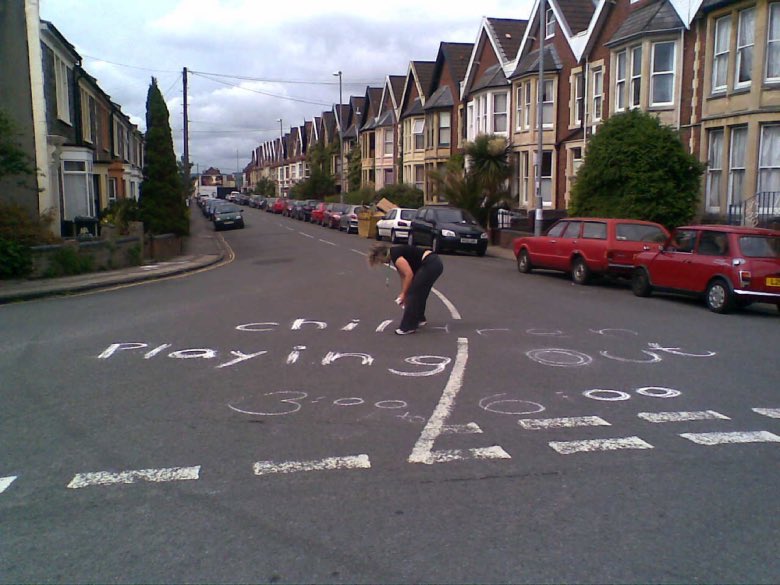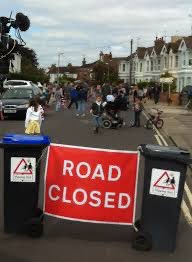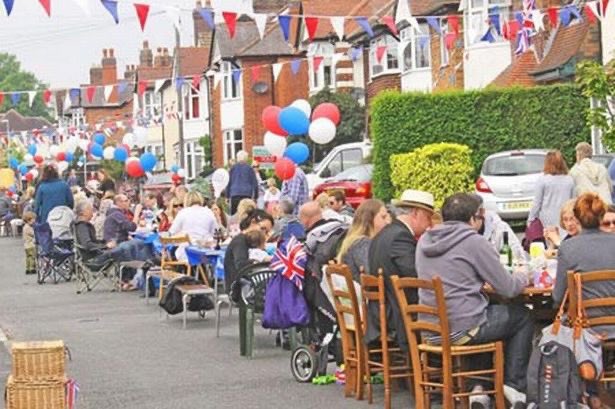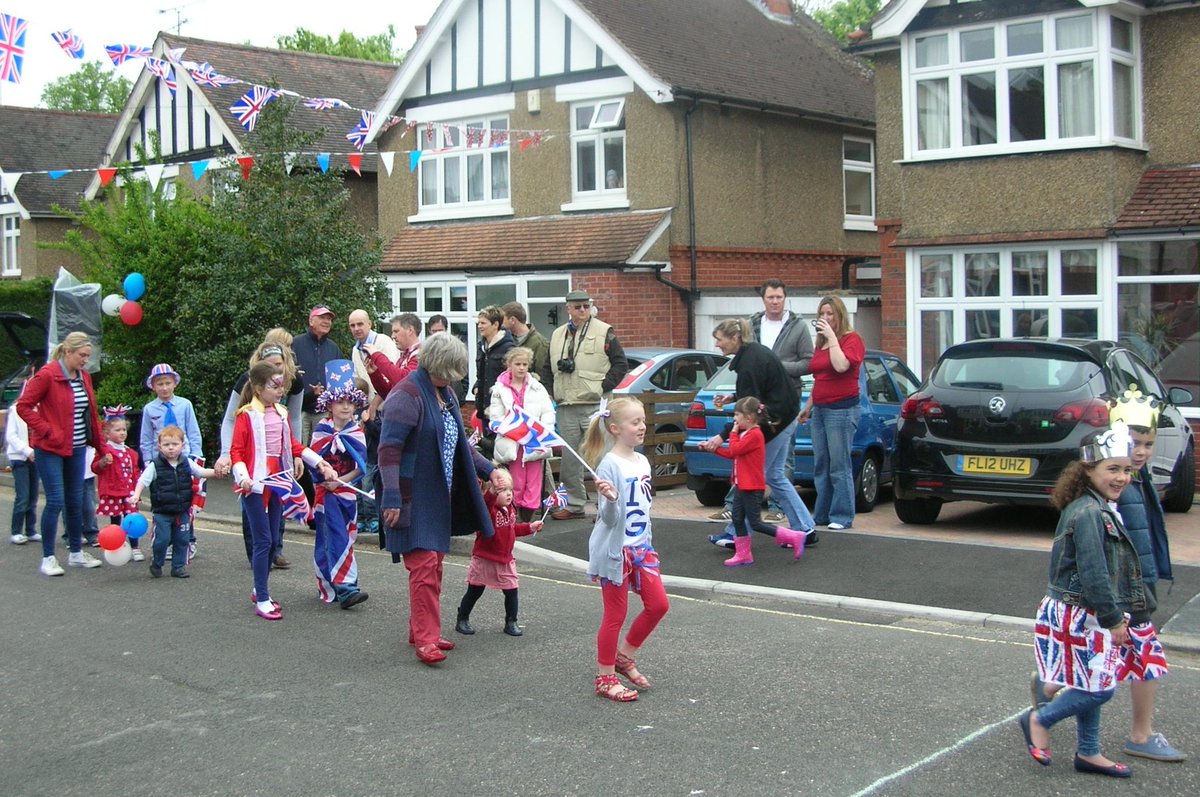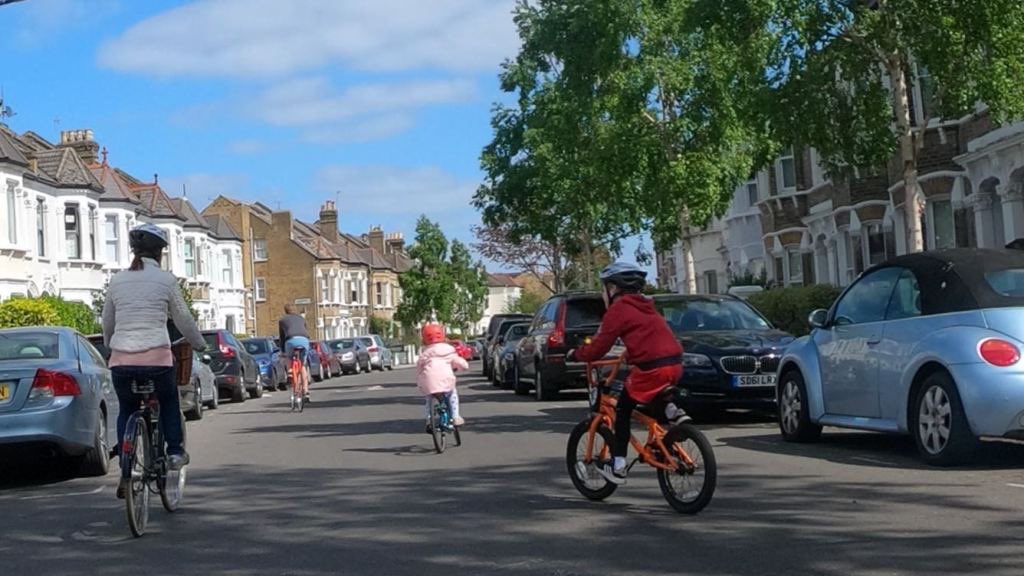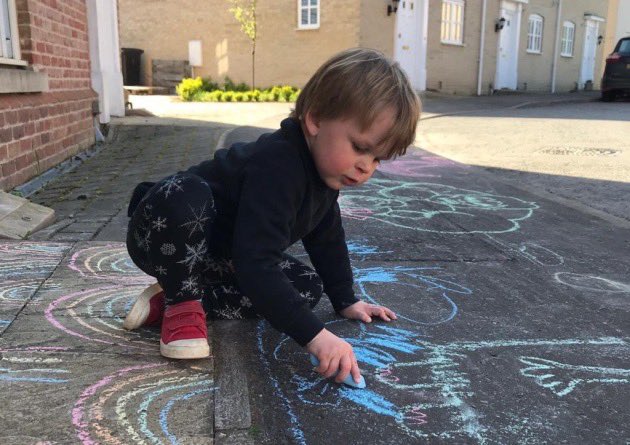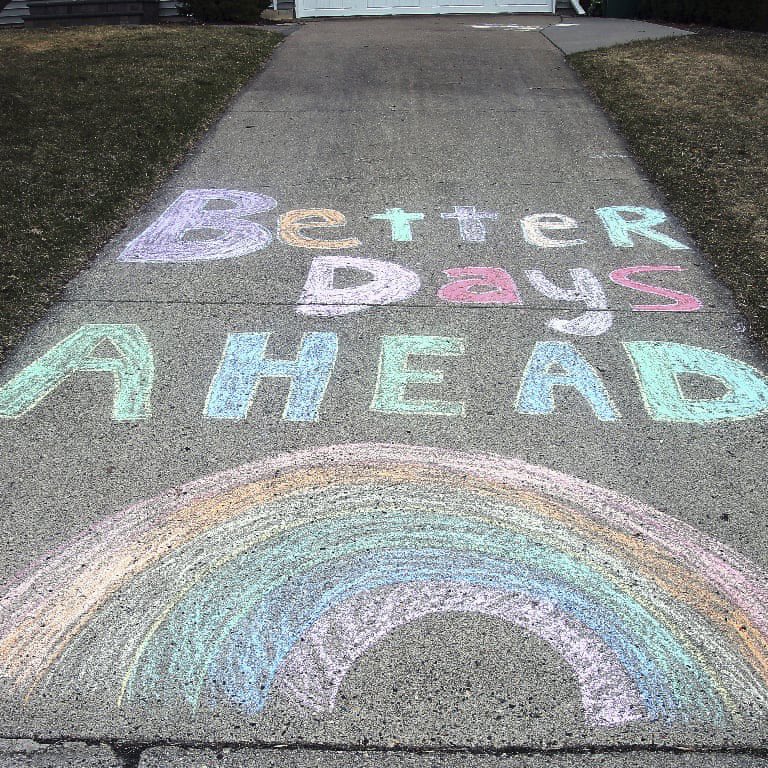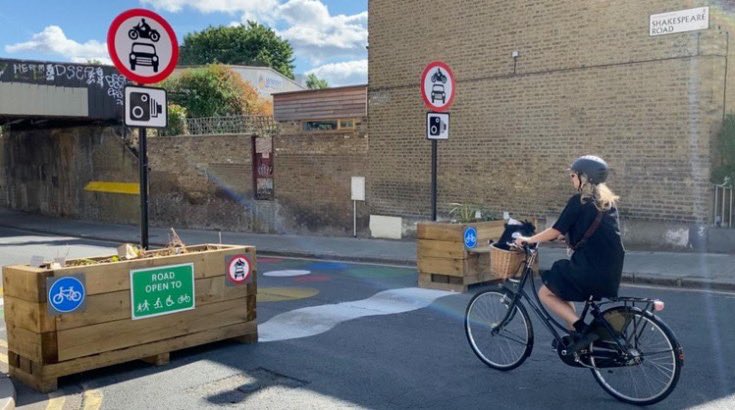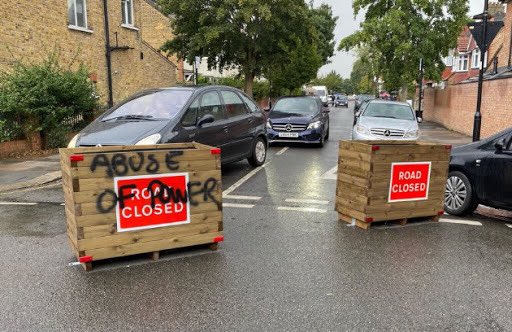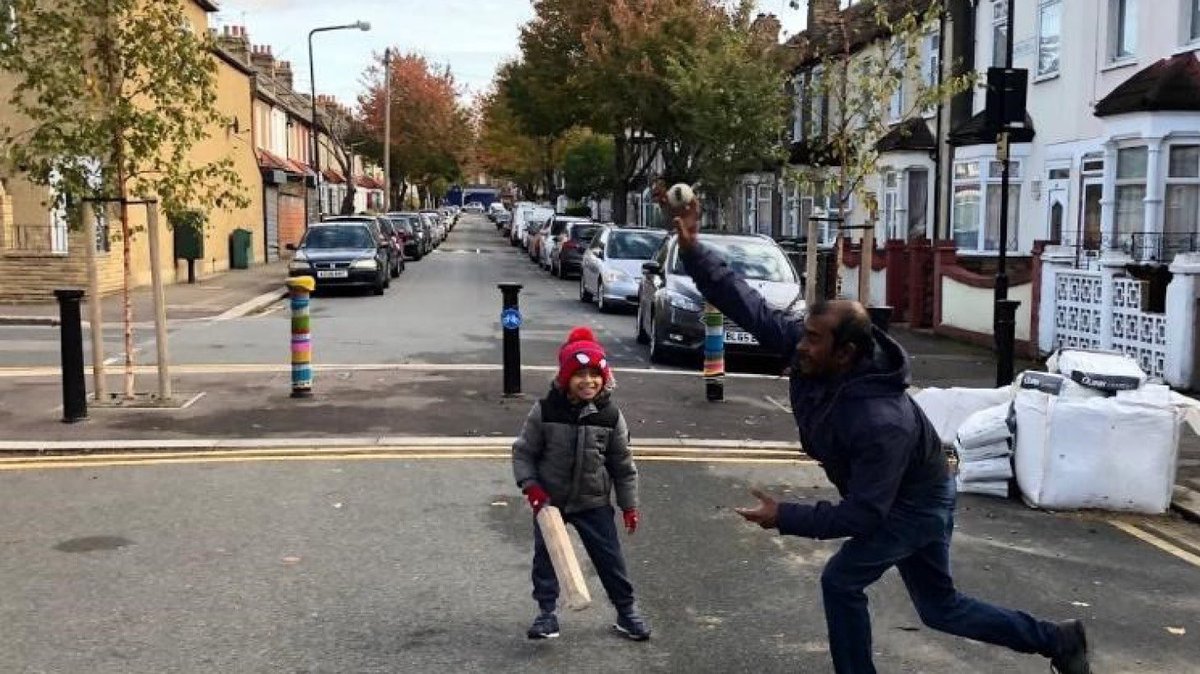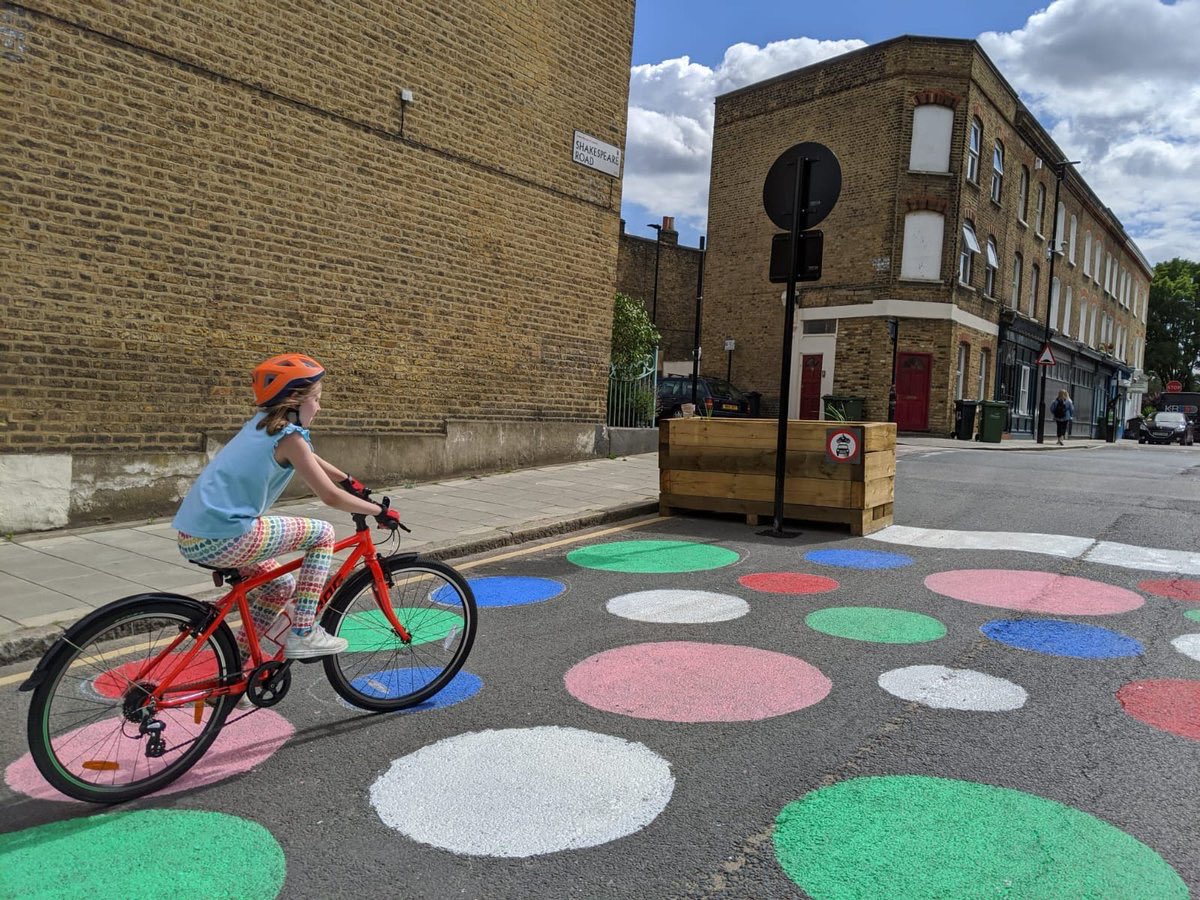A thread on Play Streets - how society demonised children, briefly gave them places to play before shunning them for cars. And what might be next?
1835: Highway Act bans street games on Highway.
1860: 12-year-old George Dunn sent to prison for 5 days for playing in the street.
1835: Highway Act bans street games on Highway.
1860: 12-year-old George Dunn sent to prison for 5 days for playing in the street.
1912: Lord Lamington tells the Lords “Children have not many recreation grounds in London. It is only natural they play in the street.”
Between 1922-1933, over TWELVE THOUSAND children are killed by motor vehicles.
1935: By now, 2,000 children prosecuted for playing in streets
Between 1922-1933, over TWELVE THOUSAND children are killed by motor vehicles.
1935: By now, 2,000 children prosecuted for playing in streets
1936: Trial begins of 200 Play Streets in Manchester and Salford (they were pioneering people-friendly streets even back then).
1950s: Play streets become popular government policy, often championed by local women to retain and promote community spirit and cohesion.
1950s: Play streets become popular government policy, often championed by local women to retain and promote community spirit and cohesion.
1963: Now 750 such streets in the country but growing conflict between motorists and children.
The 60s sees controversy with women struggling to maintain traditional street sociability, up against the gathering power of business interests and rising car ownership in the period.
The 60s sees controversy with women struggling to maintain traditional street sociability, up against the gathering power of business interests and rising car ownership in the period.
1976: The Bishop of Stepney commented that Britain appeared to prefer motor cars to children.
1980s: Play streets are largely forgotten due to car dominance.
By the millennium, there are now 21 million cars in the UK. The only reminder of Play Streets are disused signs.
1980s: Play streets are largely forgotten due to car dominance.
By the millennium, there are now 21 million cars in the UK. The only reminder of Play Streets are disused signs.
In the early 2000s, a handful of new housing developments incorporate Play Street principles.
2007: A parent-led movement, eventually becomes the charity Playing Out and provides toolkits and encouragement for play streets in a modern age.
2007: A parent-led movement, eventually becomes the charity Playing Out and provides toolkits and encouragement for play streets in a modern age.
2012: Over 2,000 streets in London alone are closed for the Queen’s Jubilee. Hackney makes Play Streets a trial policy. A glimmer of hope for children?
2018: National grassroots movement grows, with Gov funding in 2013, now 660 part-time/pop up Play Streets in 67 council areas.
2018: National grassroots movement grows, with Gov funding in 2013, now 660 part-time/pop up Play Streets in 67 council areas.
2020: Lockdown sees informal play return to streets. Gov’t funding and guidance sees huge rise in Low Traffic Neighbourhoods (LTNs), which return roads to residents and give children a safe environment to play on a permanent basis.
As we’ve seen, some have criminally damaged LTNs and others have campaigned for their removal.
The lessons of our past should warn us that car usage will grow and grow unless it is restricted. And that communities thrive when safe space is given for people, especially children.
The lessons of our past should warn us that car usage will grow and grow unless it is restricted. And that communities thrive when safe space is given for people, especially children.
Thanks to these sources who helped me collate this thread: https://playingout.net/about/playing-story/ @playingout
https://www.londonplay.org.uk/resources/2363/download @londonplay
https://www.tandfonline.com/doi/full/10.1080/03071022.2017.1290366?src=recsys
https://www.londonplay.org.uk/resources/2363/download @londonplay
https://www.tandfonline.com/doi/full/10.1080/03071022.2017.1290366?src=recsys

 Read on Twitter
Read on Twitter